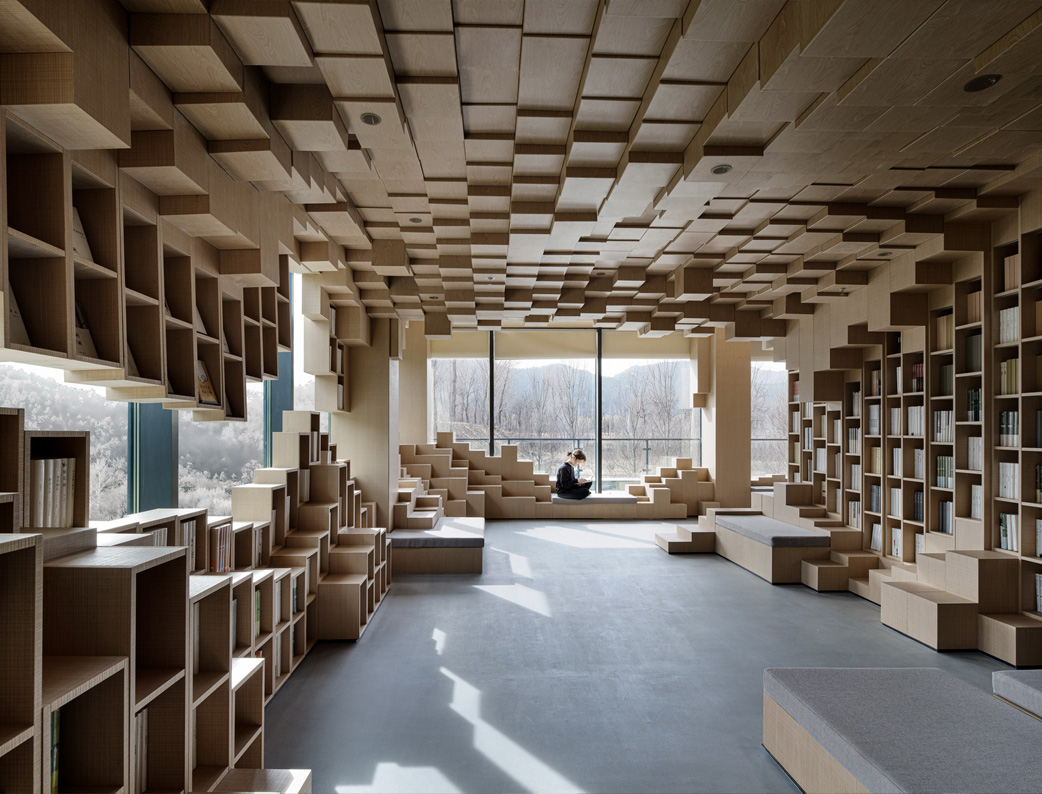A lifestyle and arts lounge at the Jinke Hanwang Tingquan Xiaozhen Project in Xuzhou
Han Space & Silk Story
2021-11-14

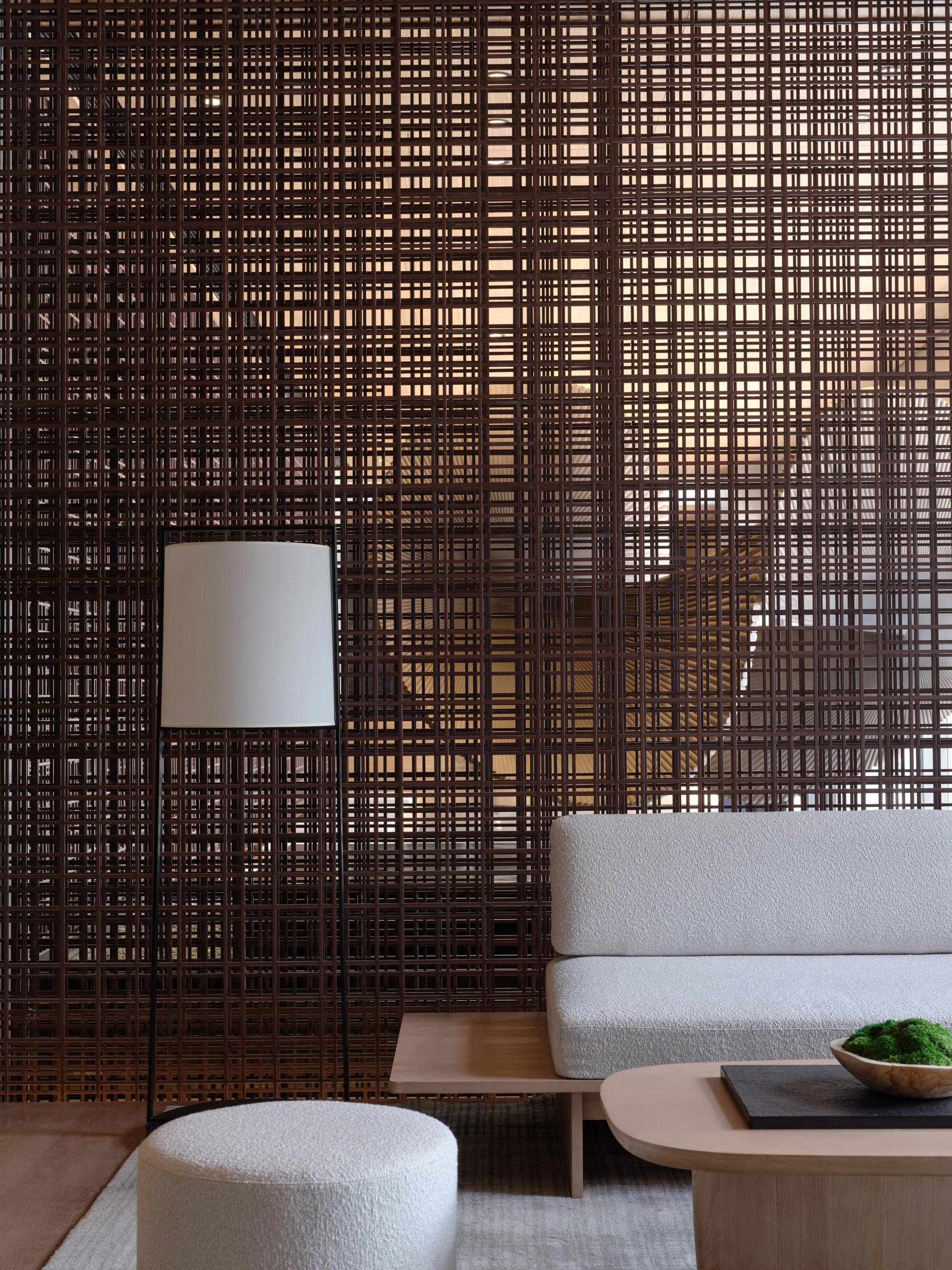
A lifestyle and arts lounge at the Jinke Hanwang Tingquan Xiaozhen Project in Xuzhou
Han Space & Silk Story
Scope of services:Project plan、Interior design
Project aress:China Xuzhou
Project area:2300㎡
Project time:2021
2021 CHINA THE 16TH KINPAN PRIZE " ANNUAL BEST PRE-SALE REAL ESTATE WINNER"
2021 CHINA THE 3RD REARD URBAN RENEWAL DESIGN AWAED“SILVER AWARD”
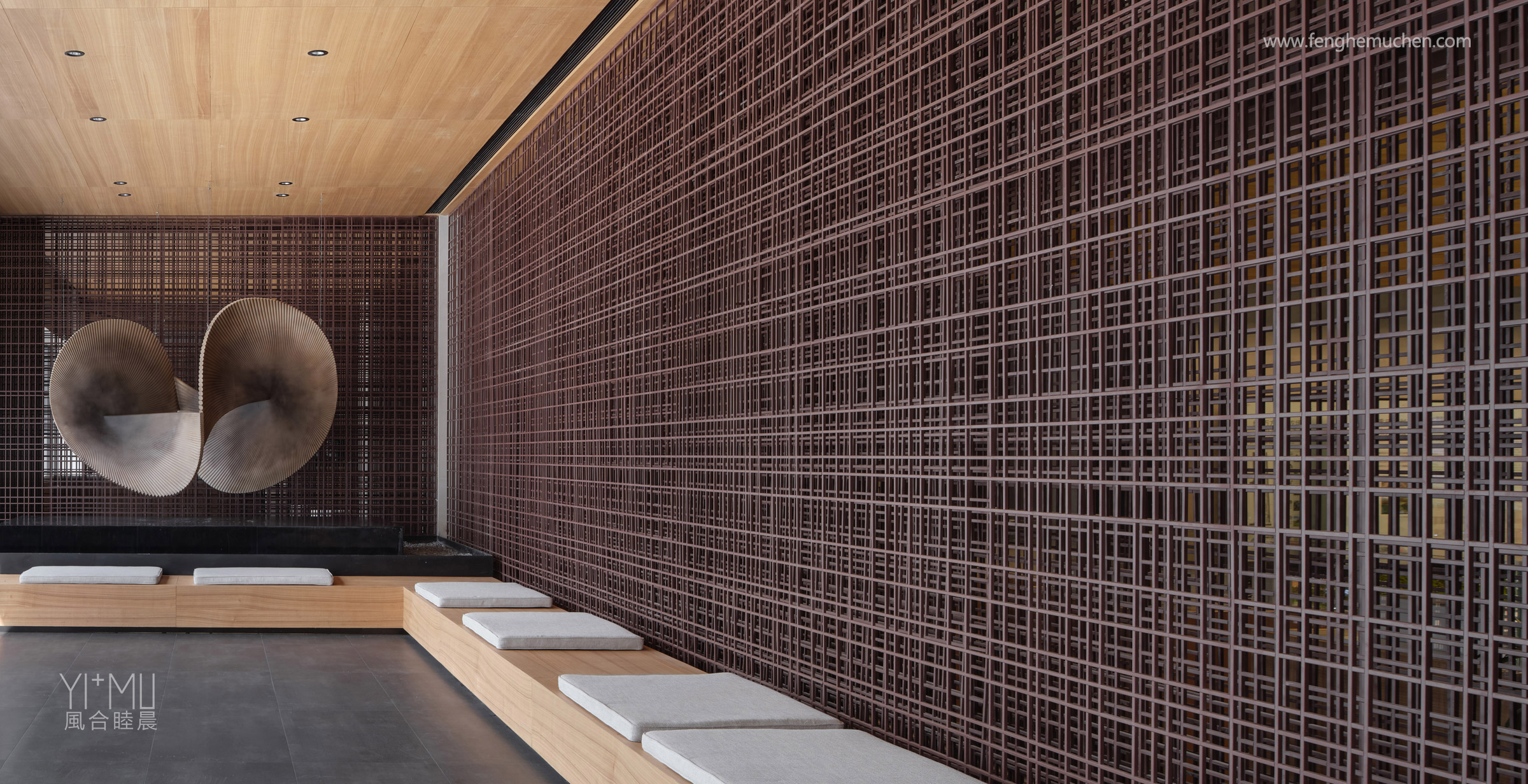

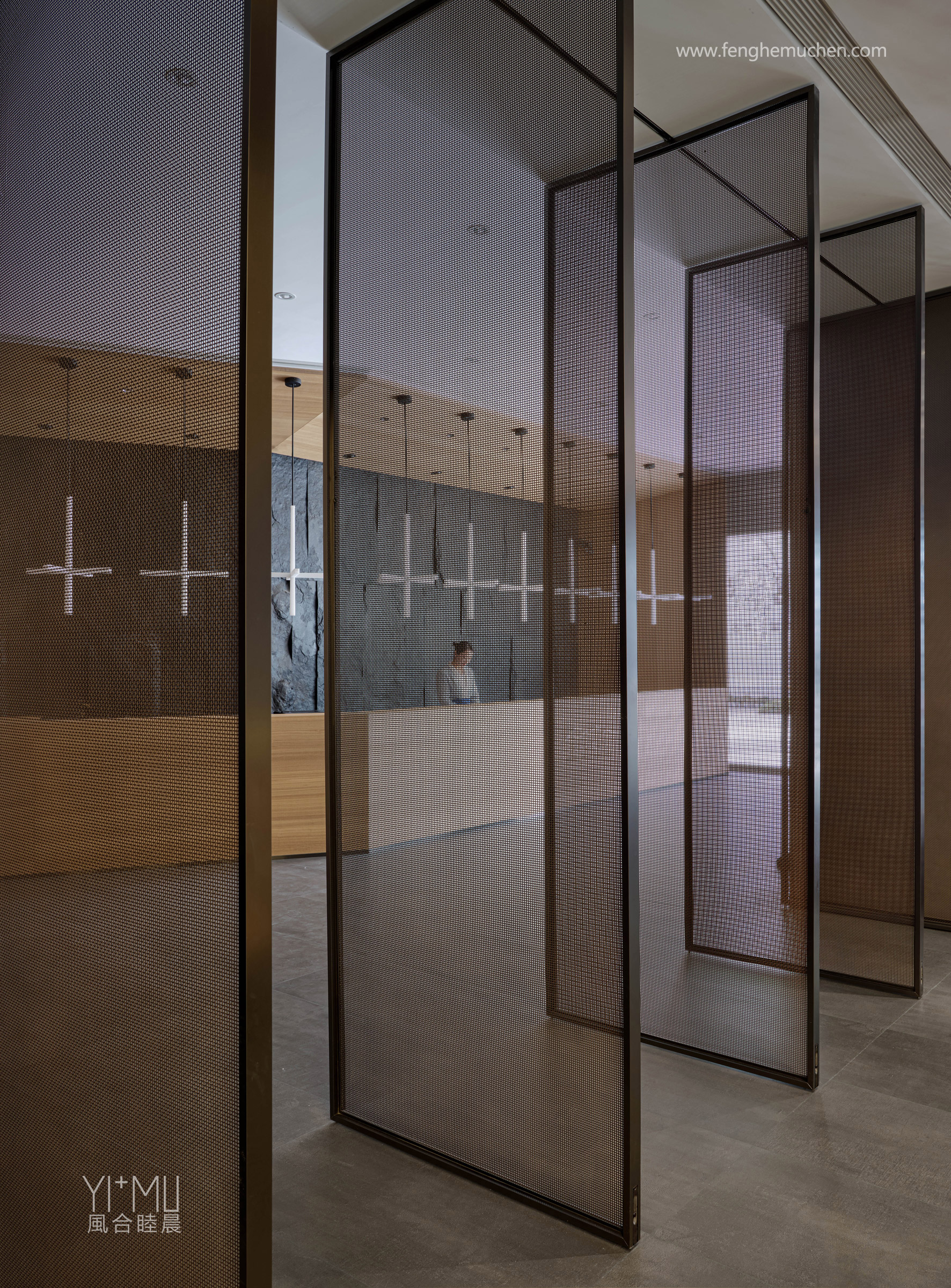
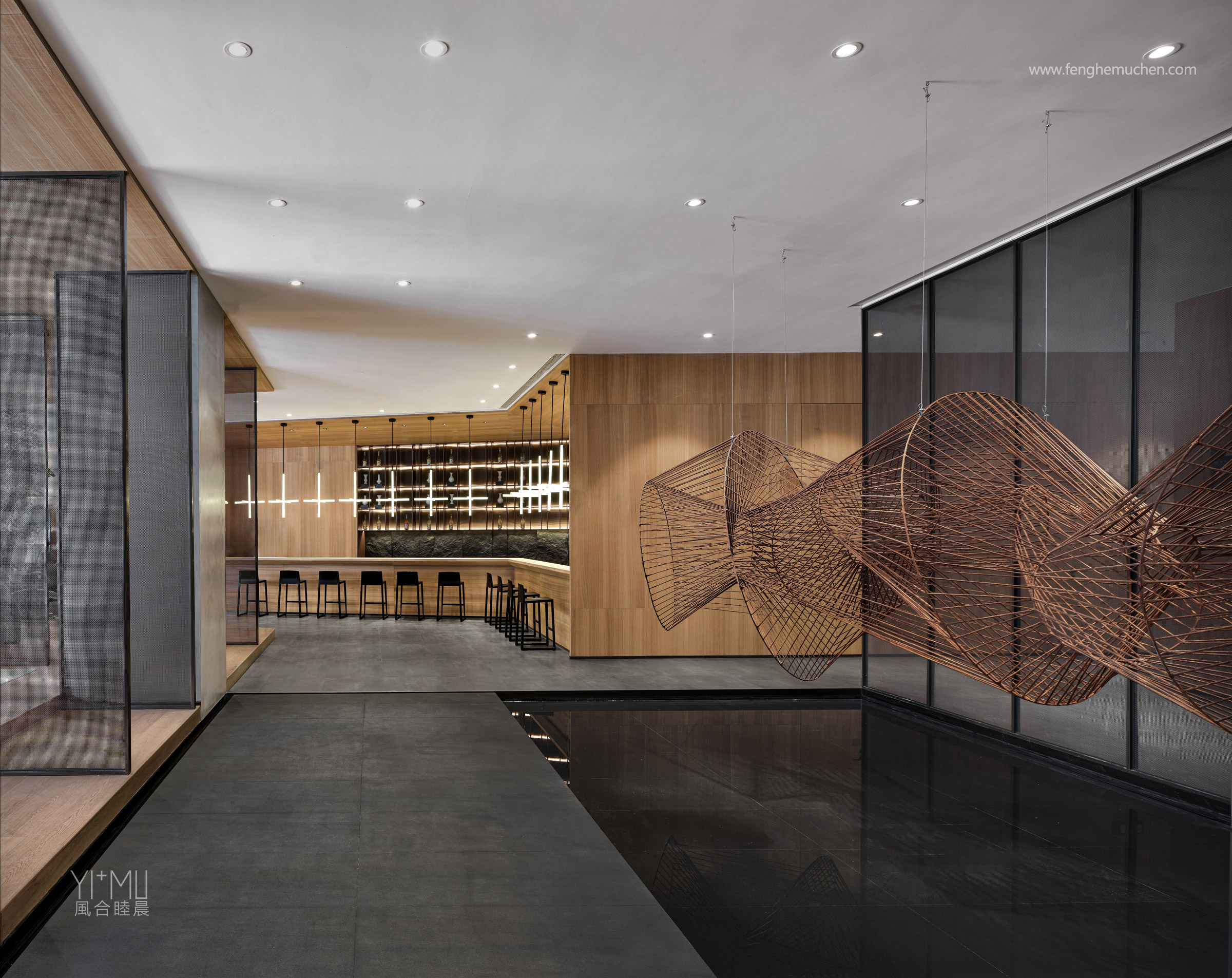
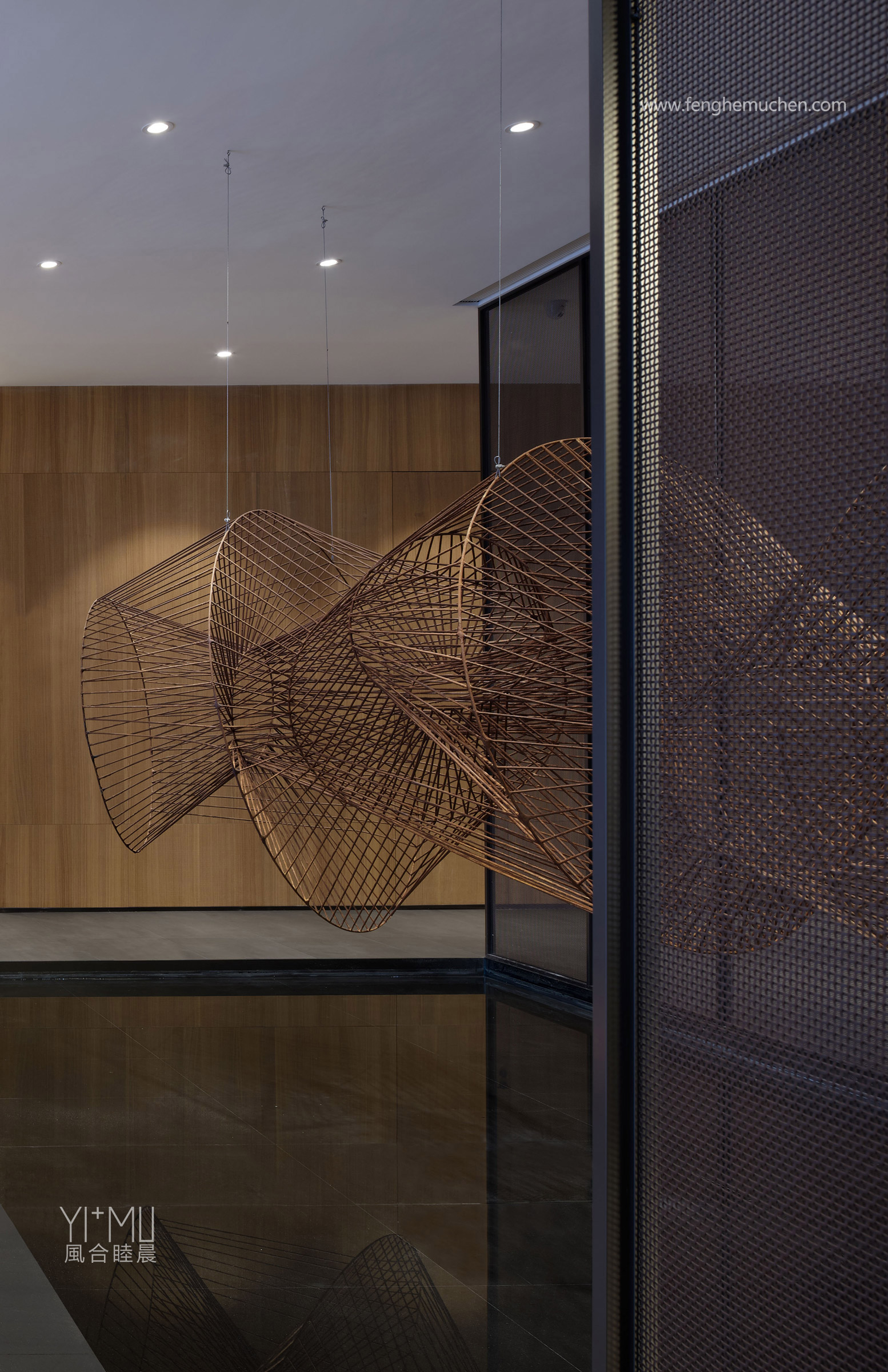

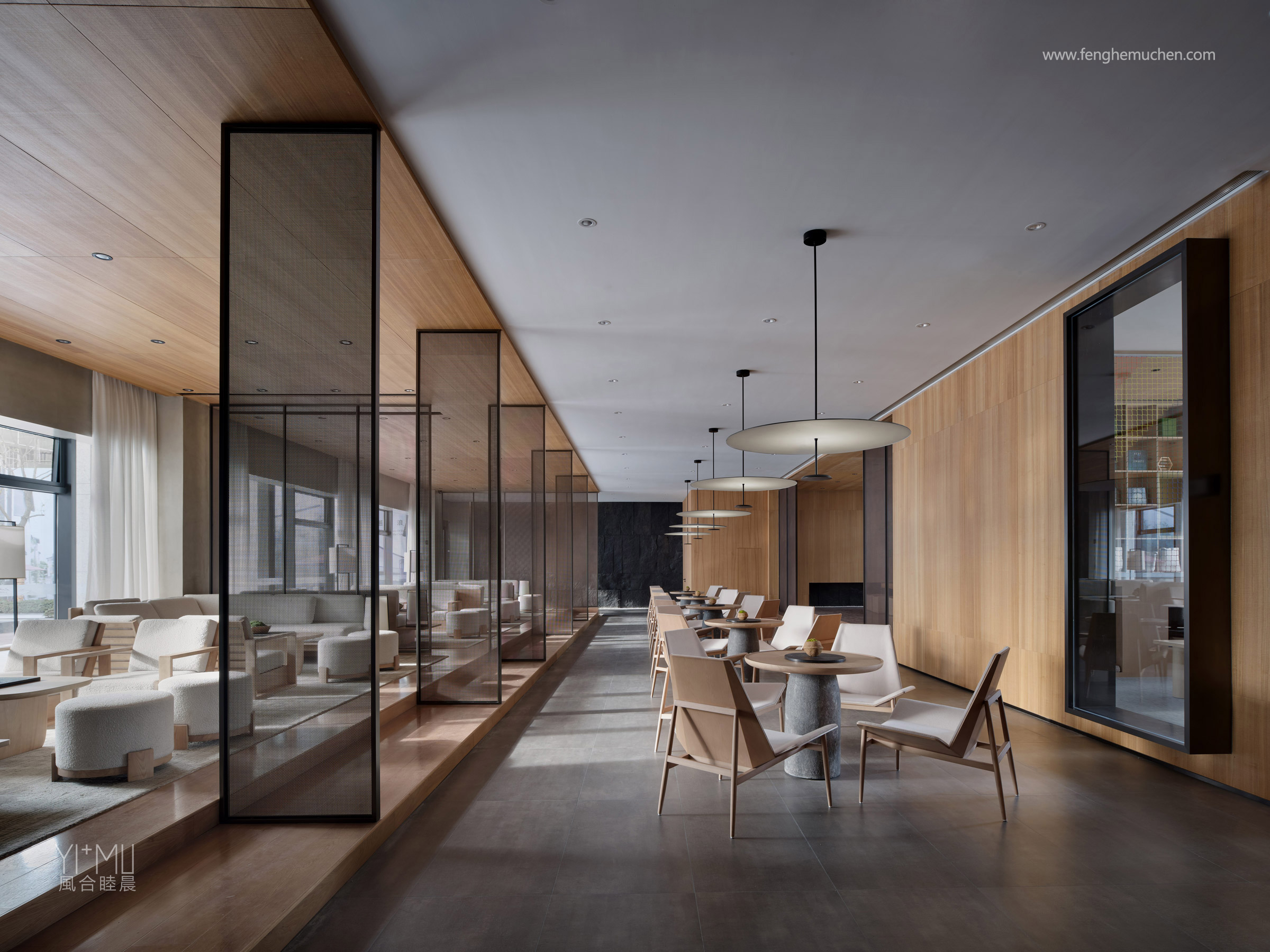
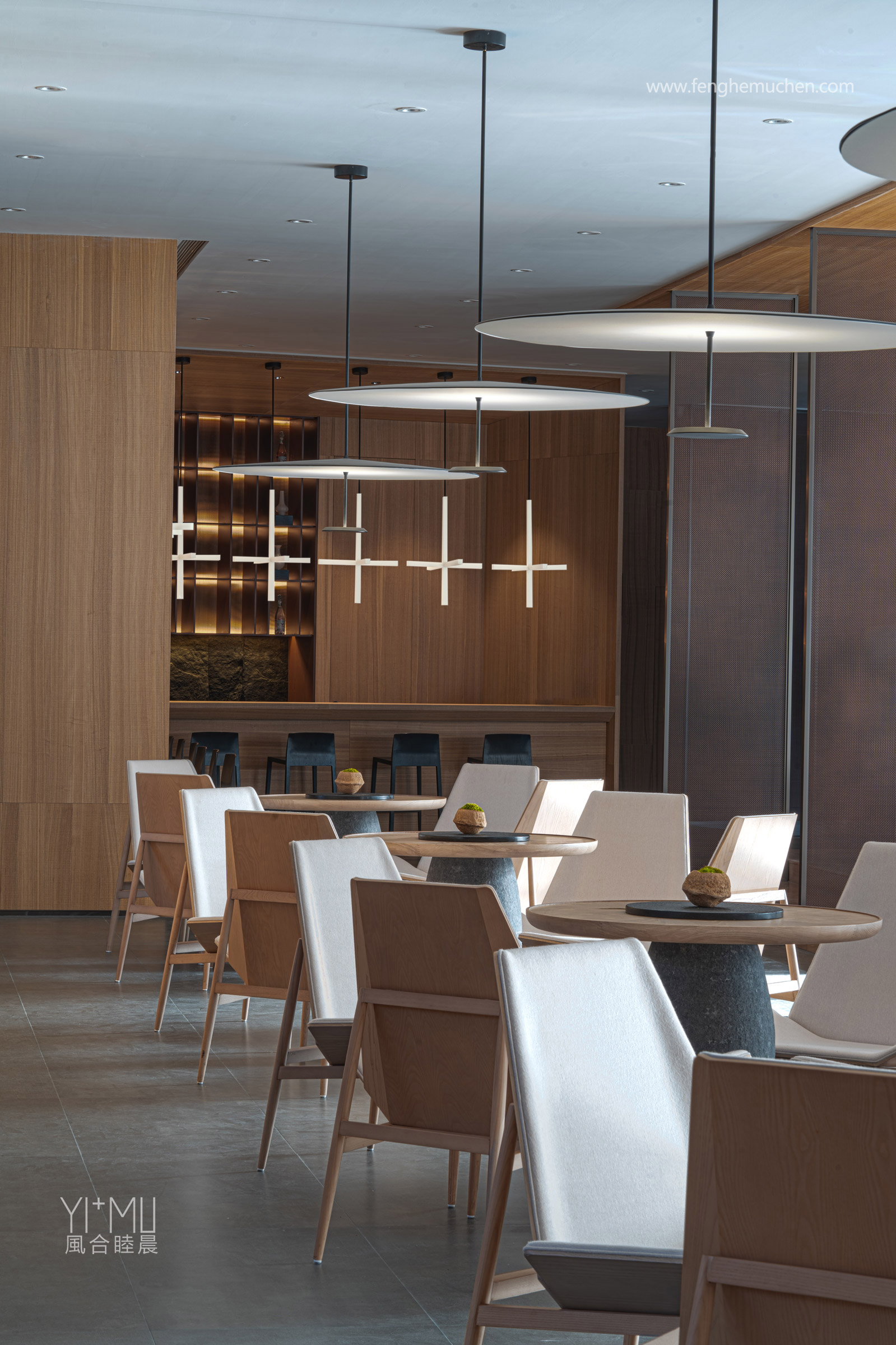
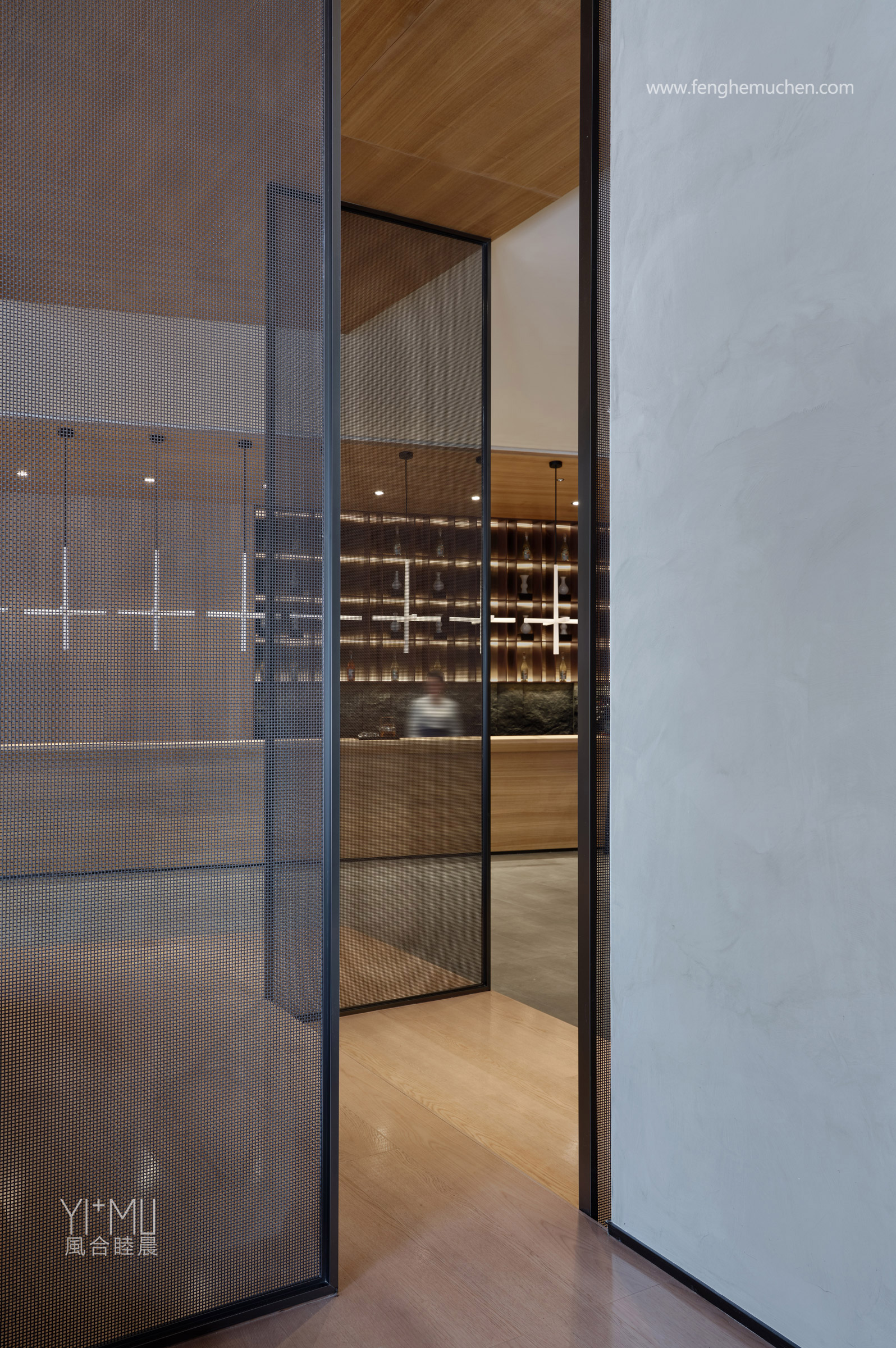

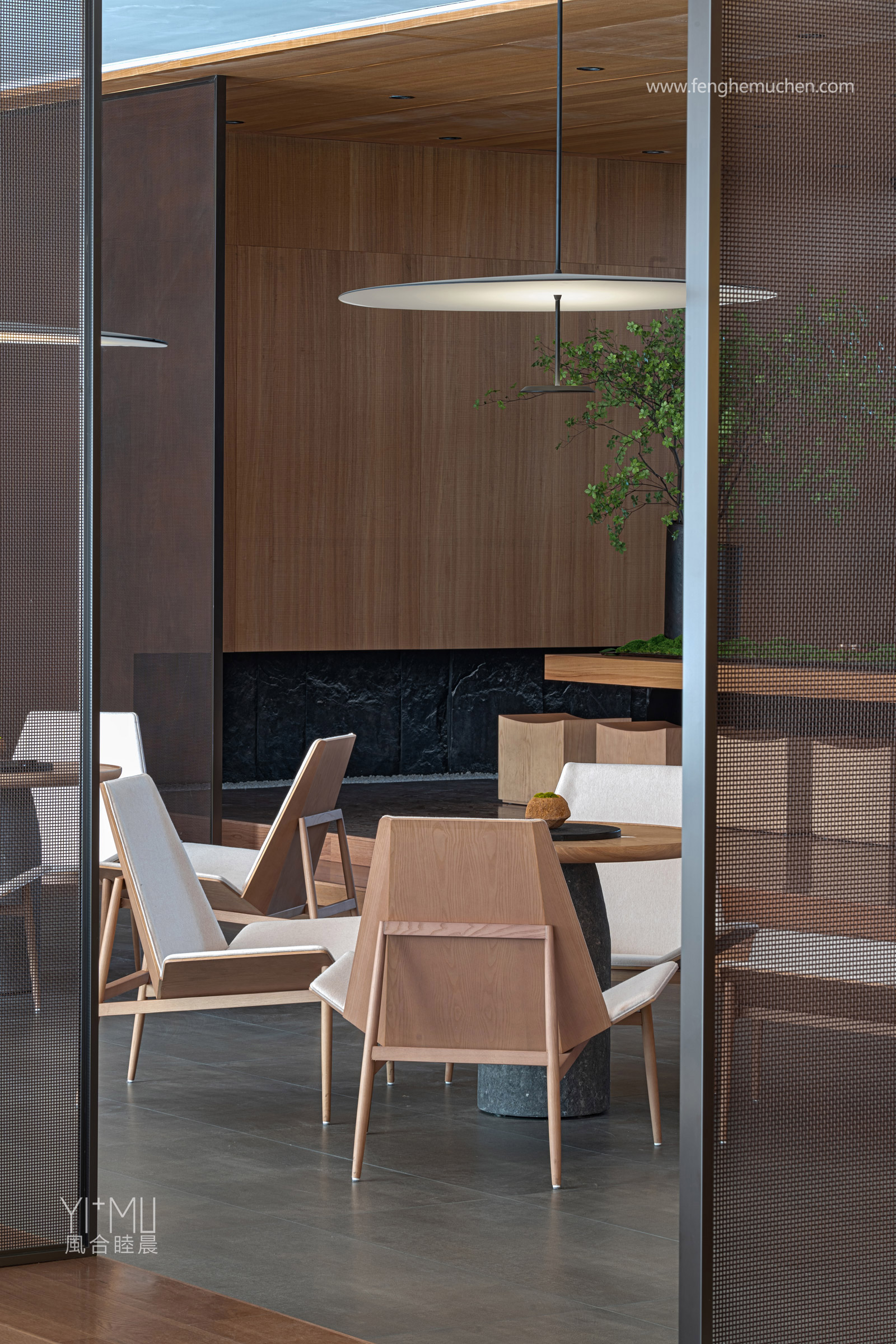
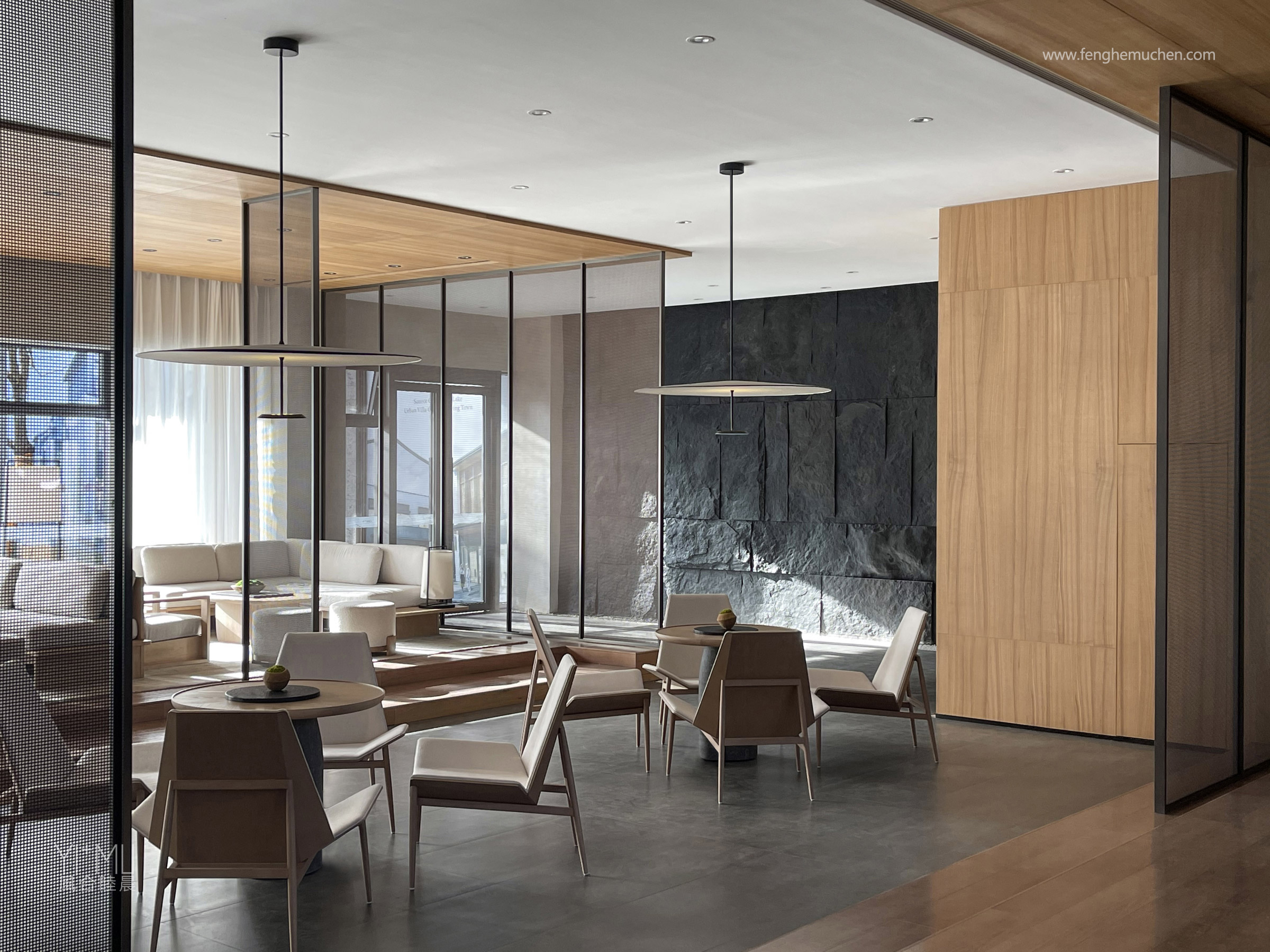
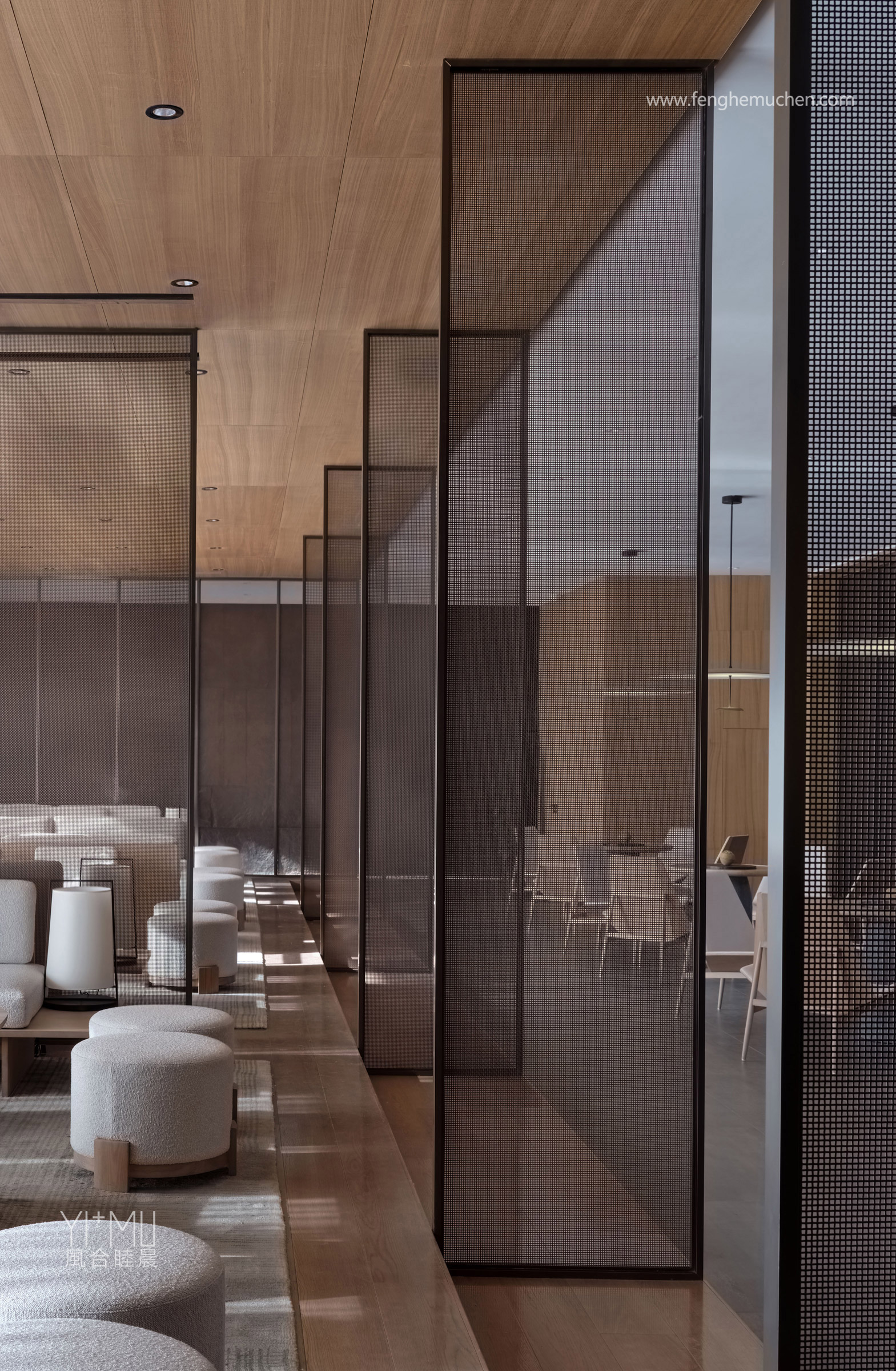



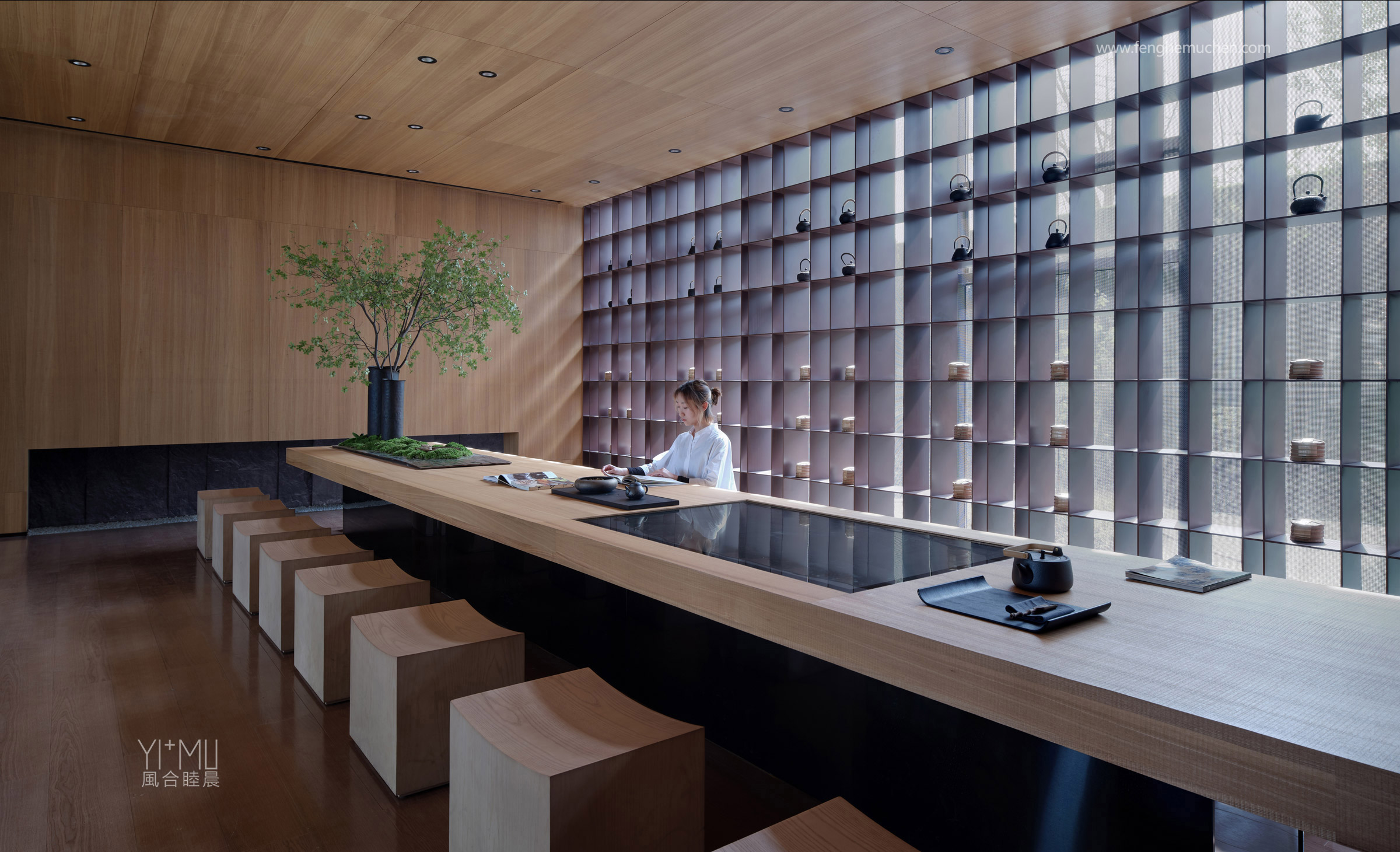
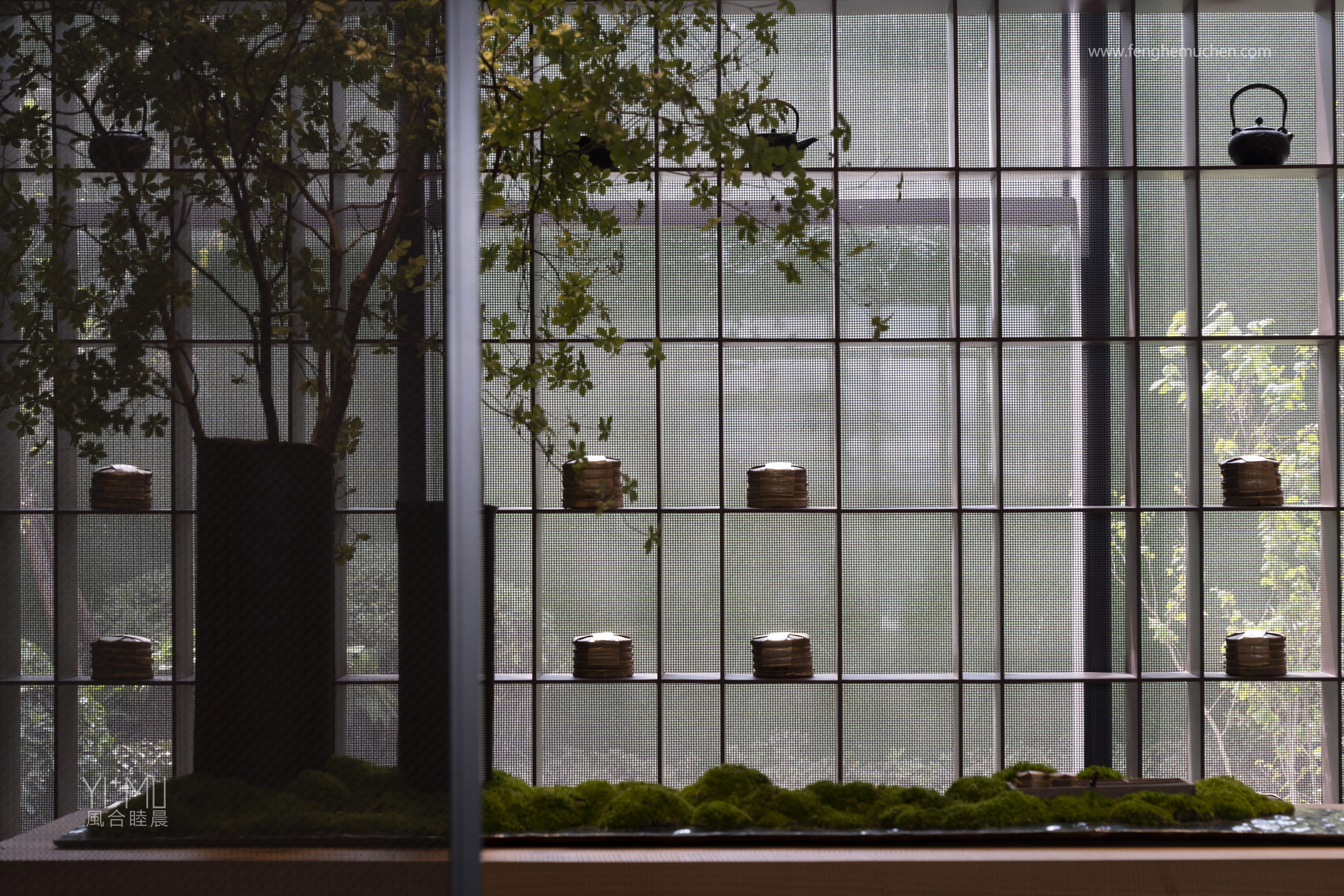
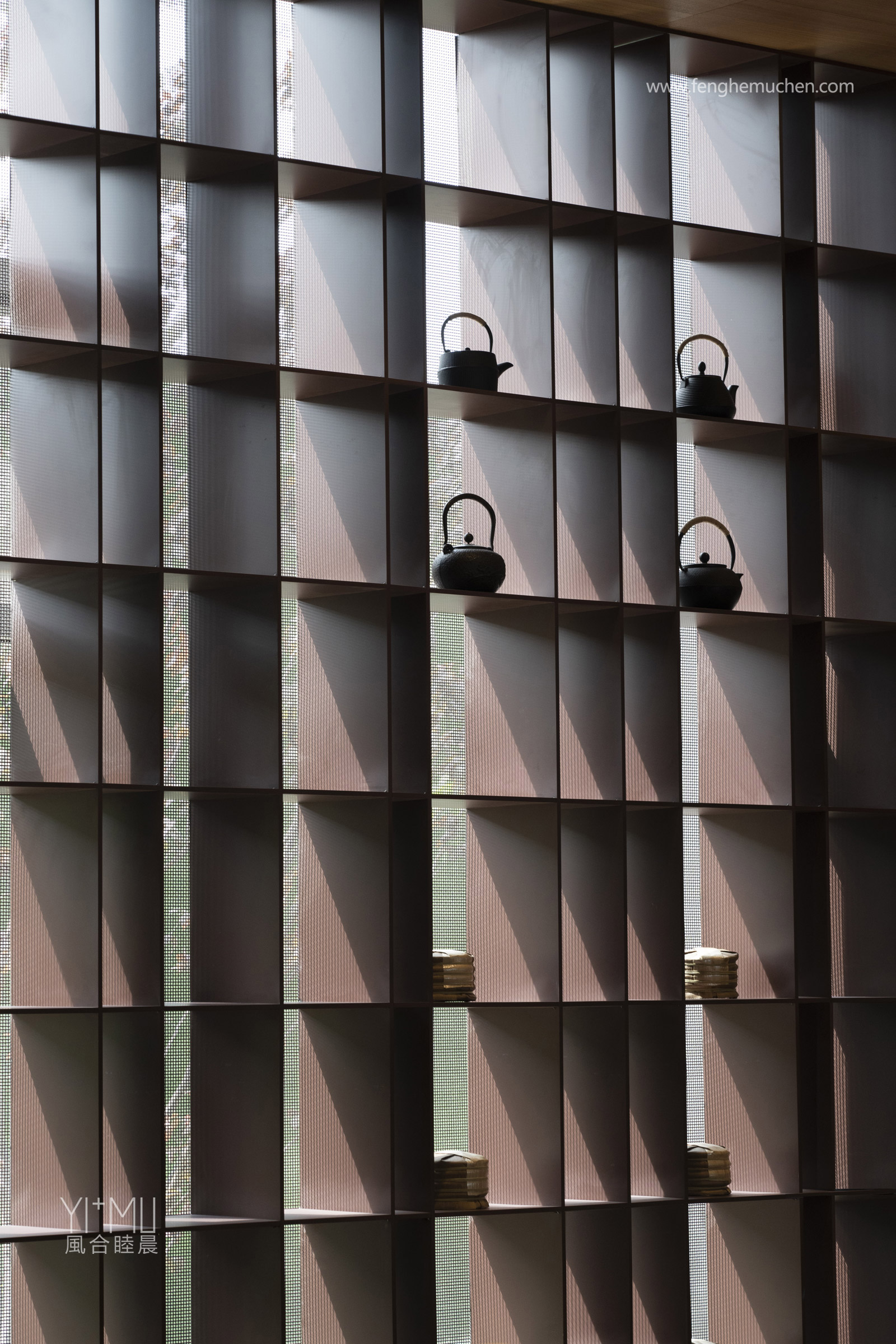


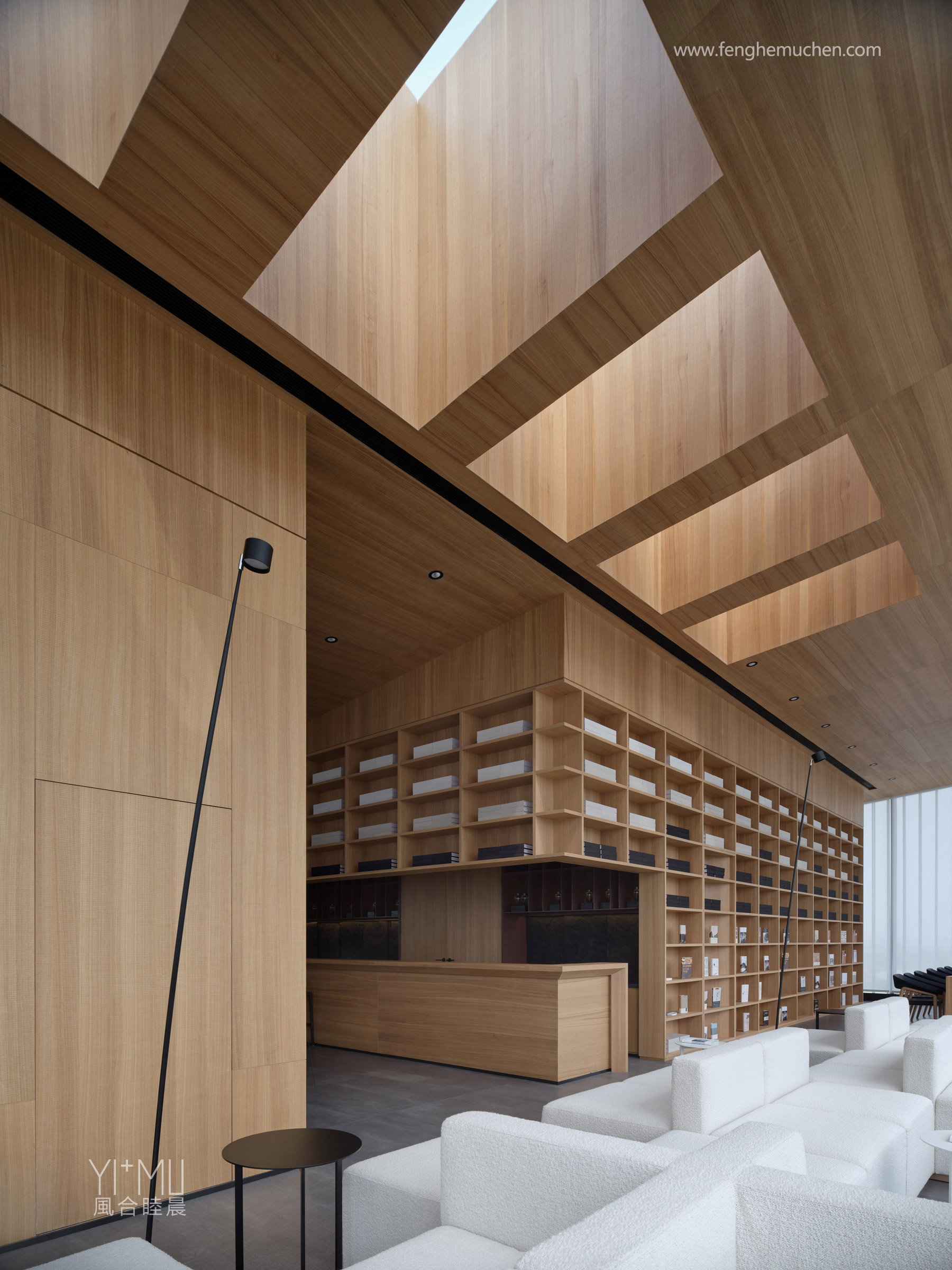



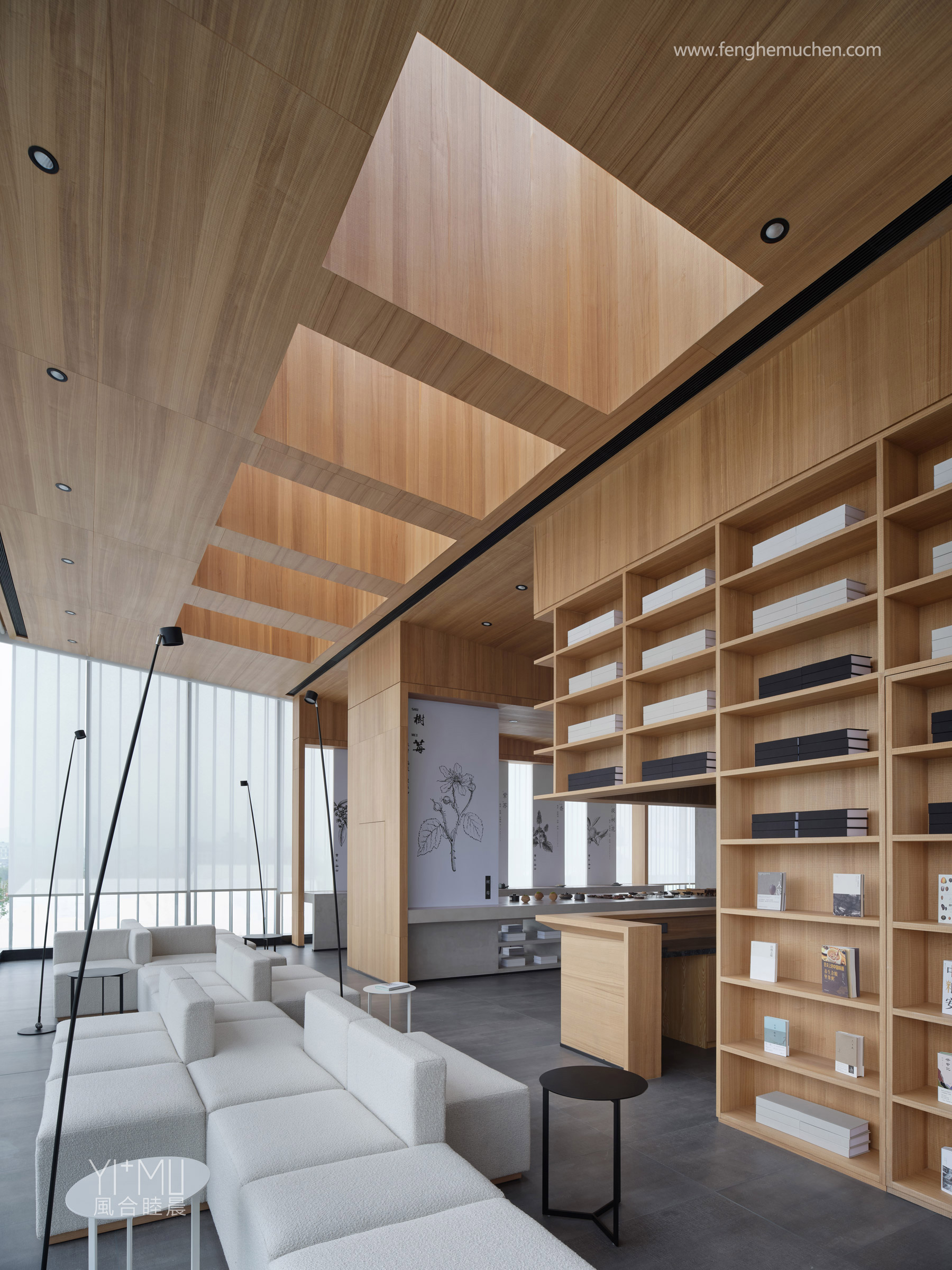

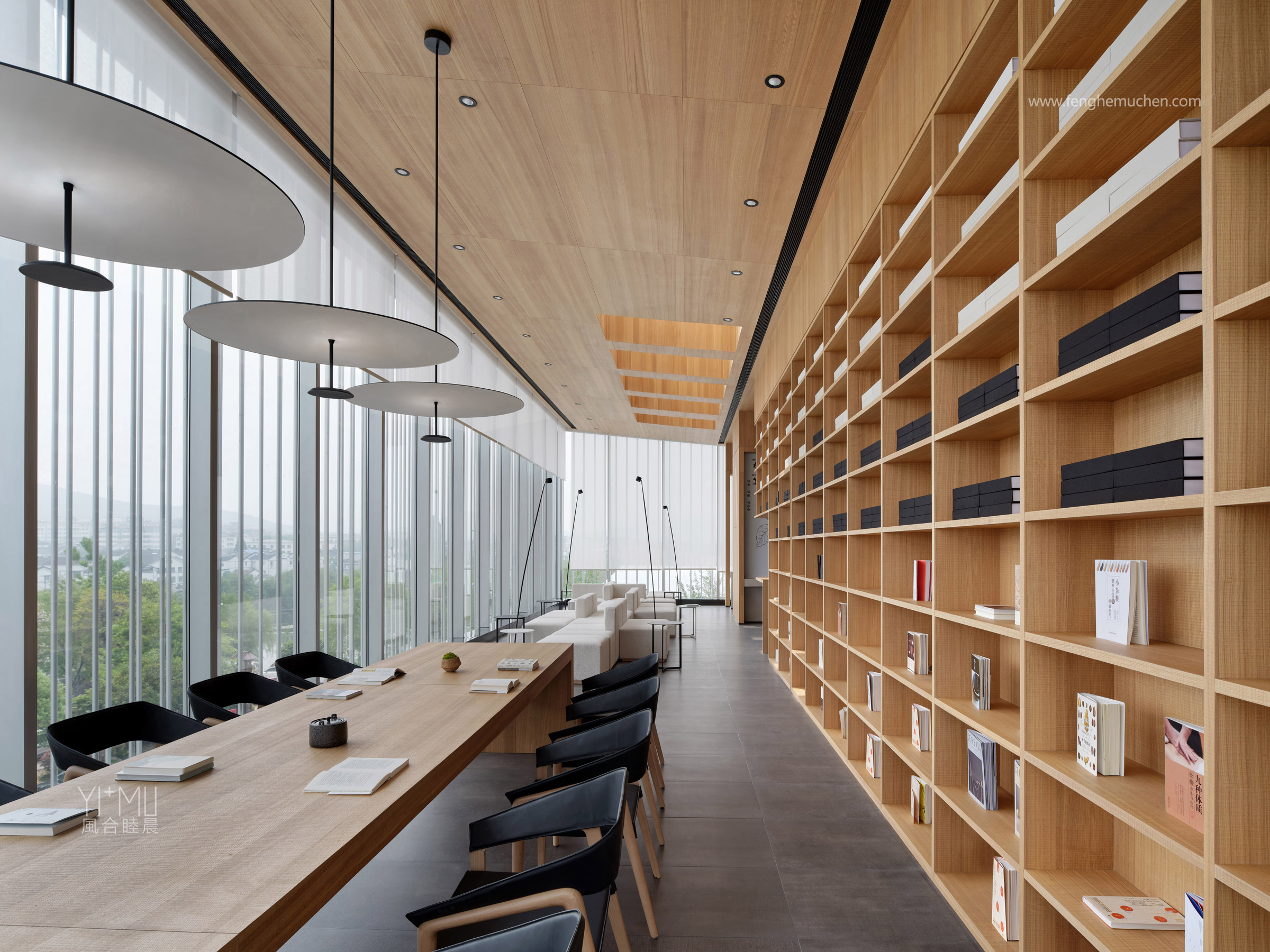

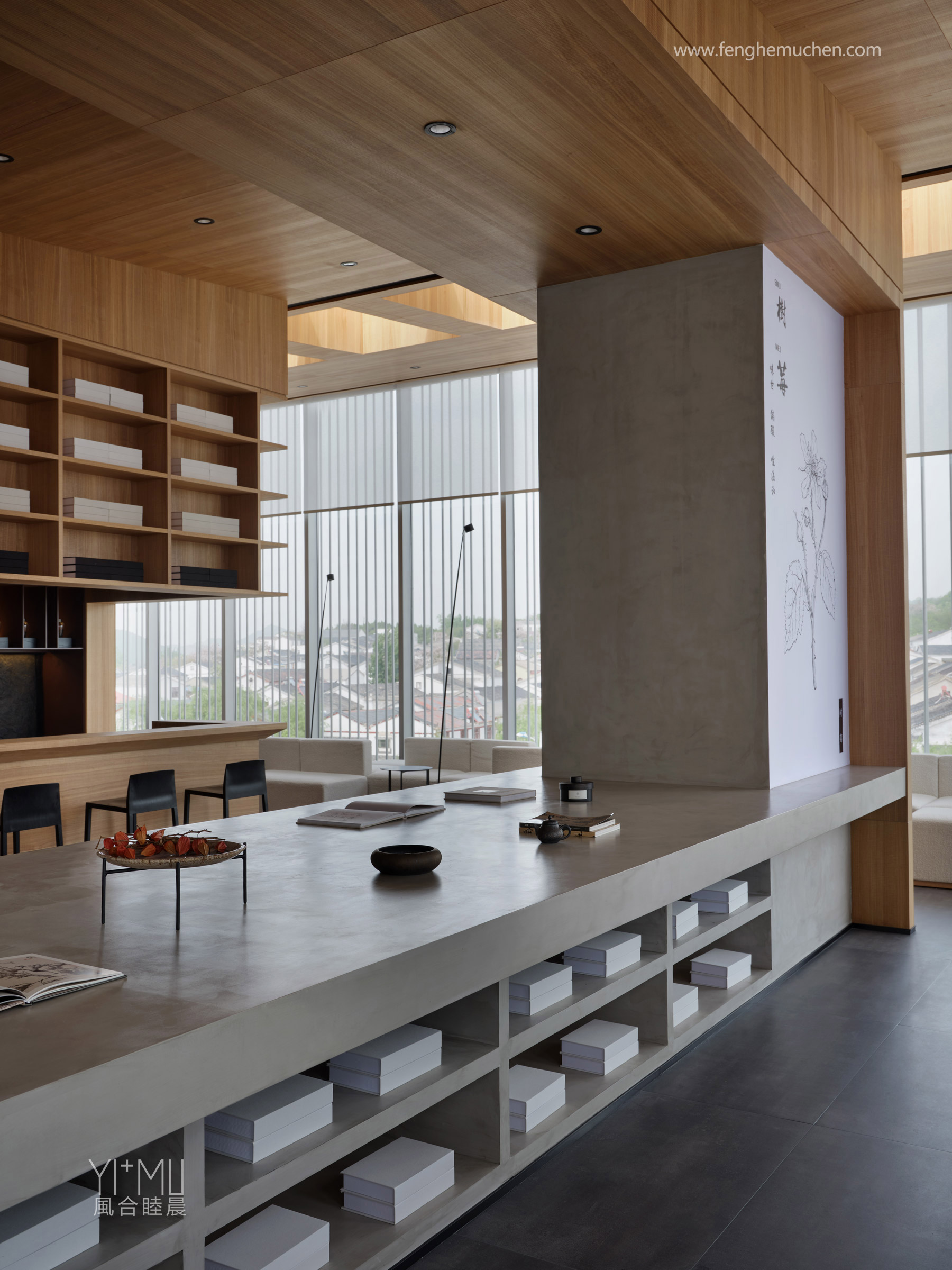

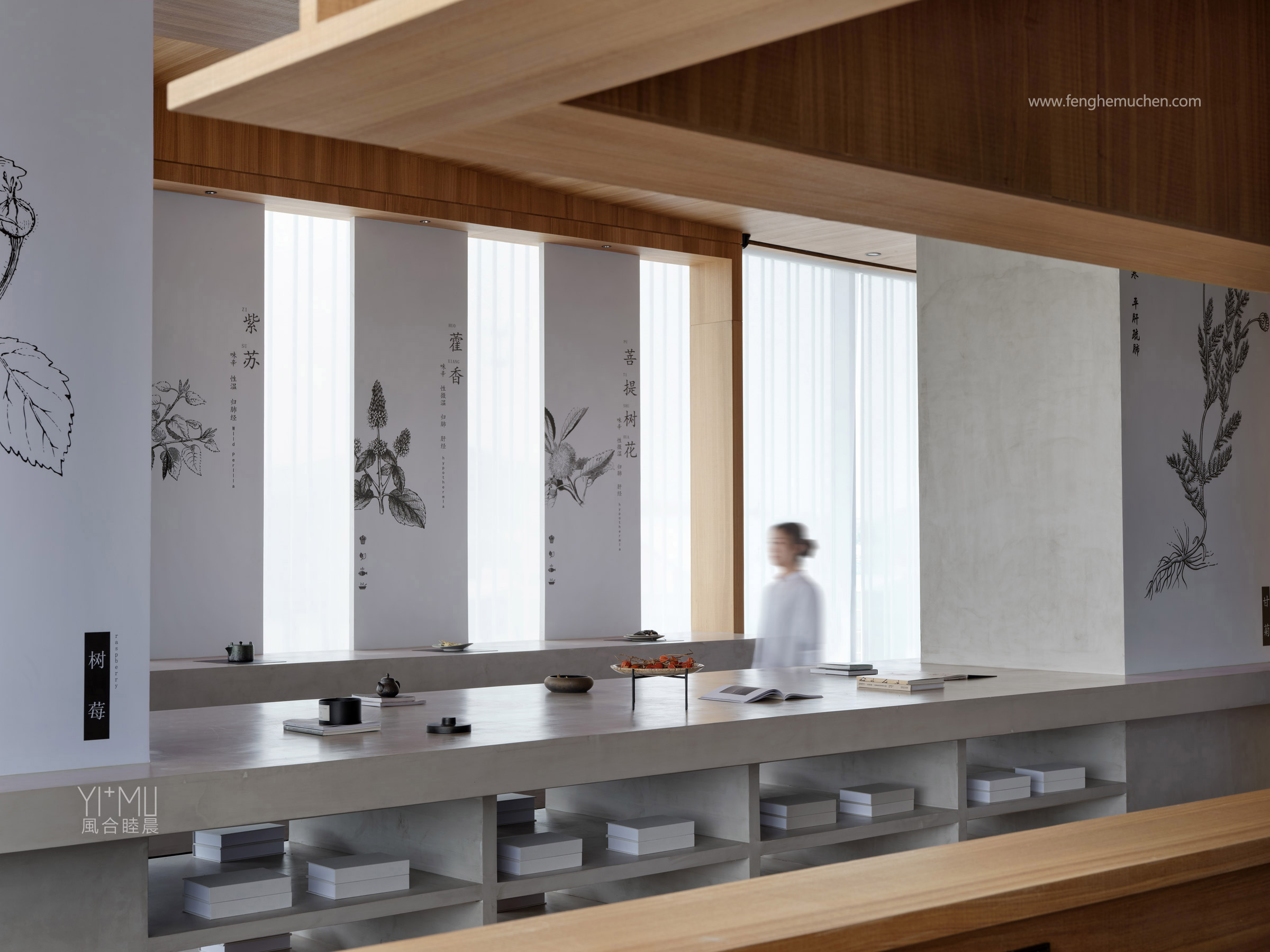
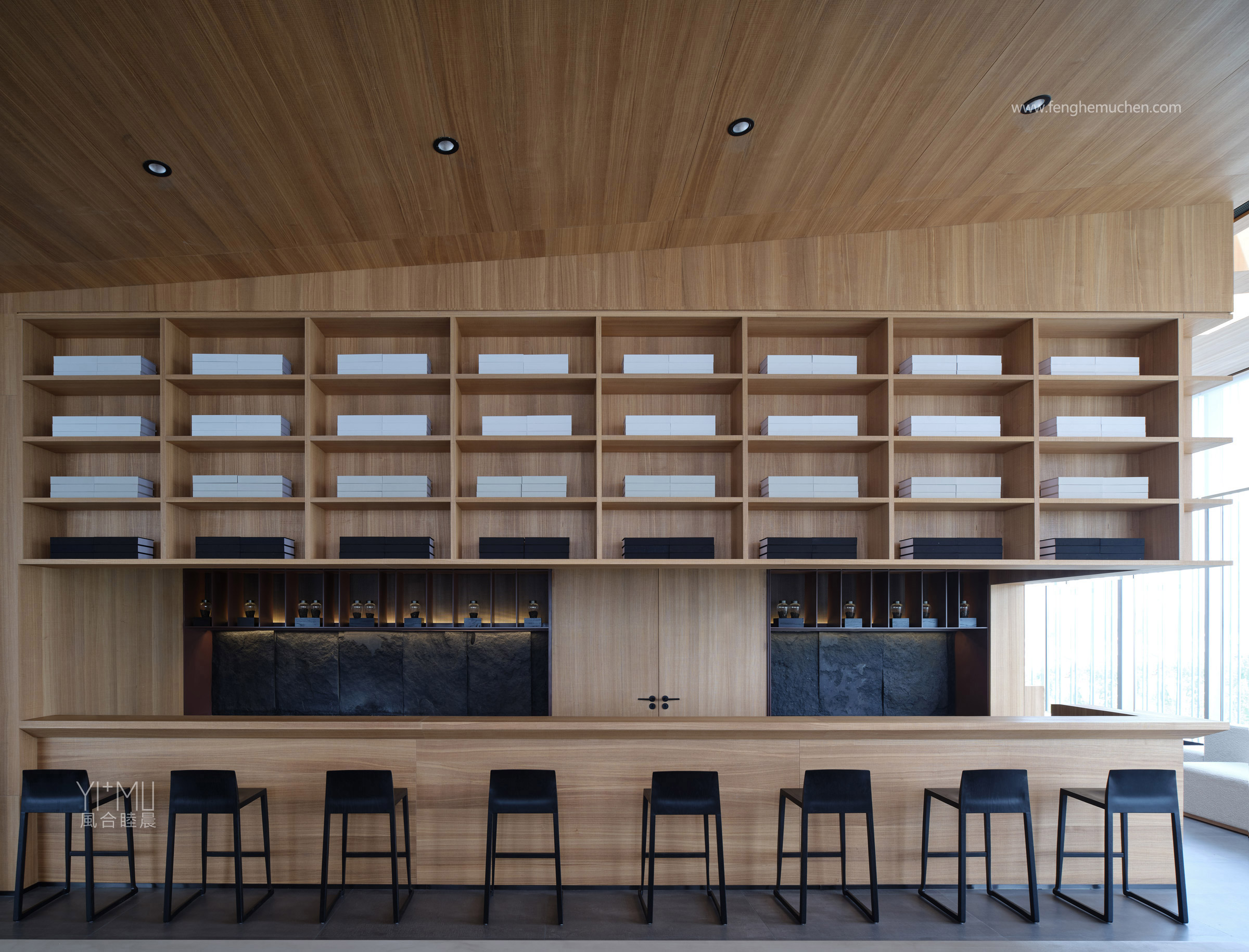
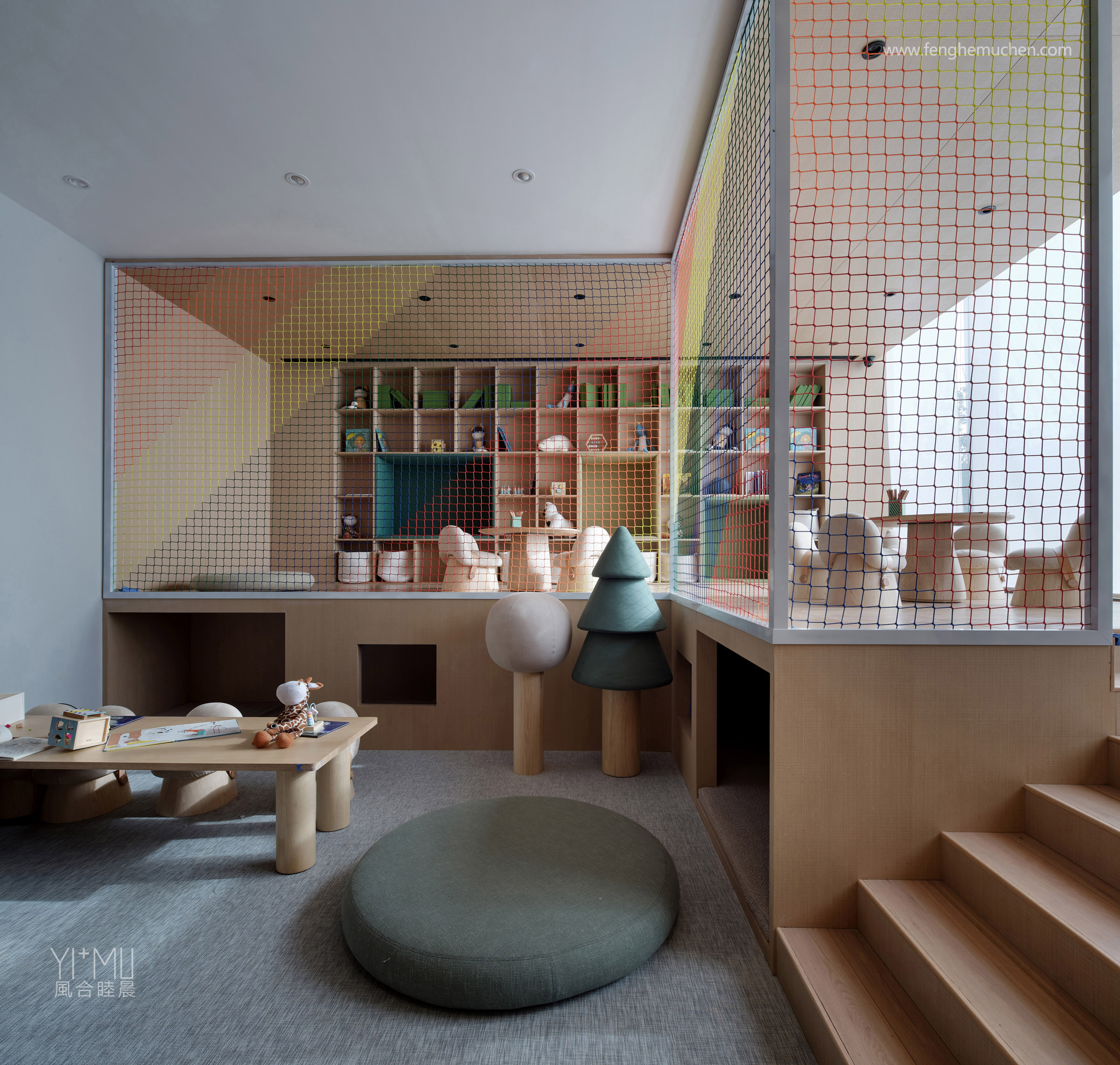
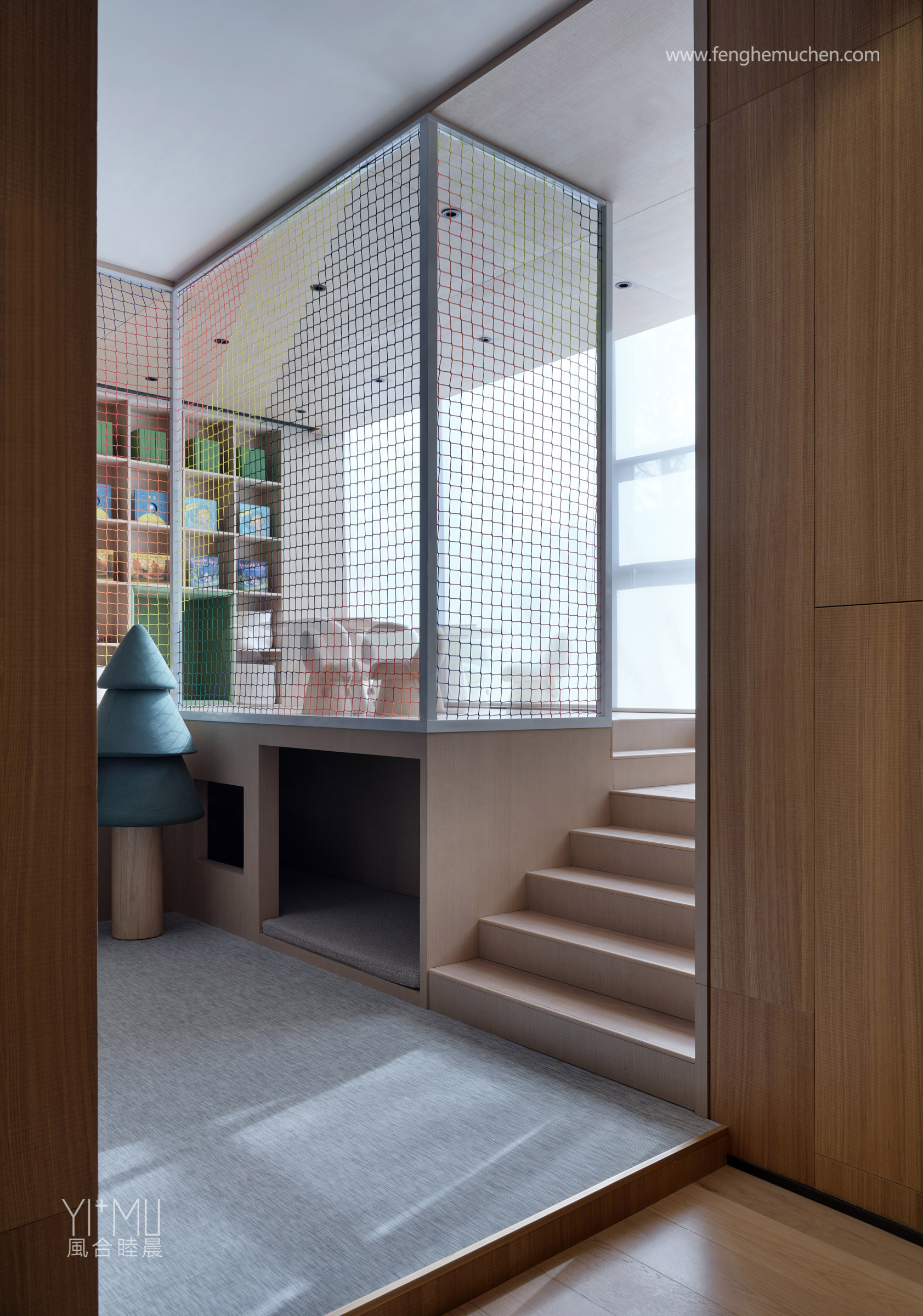
Deep in the mountains lining the borders of China’s Jiangsu and Anhui Provinces, the town of Hanwang is a place rich in historical heritage, dating back all the way to the early days of the ancient Han dynasty . It is known as “Xuzhou’s backyard garden” for its picturesque slopes and rivers, plentiful agricultural produce and social and cultural landscapes. The name is reminiscent of Liu Bang, later Emperor Gaozu, the first king (wang) of Han. According to legend, his forces were driven to exhaustion after prolonged combat against the army of Xiang Yu, Liu Bang’s lifelong enemy and self-declared ruler of Chu . Liu jabbed his blade into the soil, and out sprang a fresh spring of water, saving them all from the clutches of defeat. The spring, which stretches for two kilometers before returning underground, is called Longqiu today. When the rain pours, it never floods, and drought never compels it to recede.
Against such a backdrop of natural scenery and cultural heritage, the Hanwang Tingquan Xiaozhen Project is a modest interpretation of local cultural and ecological elements. It depicts a spring-side picture beckoning one to return to the earthy lifestyle of the Han dynasty. The campus is surrounded by fertile fields, dense forests, small bridges and flowing water, a natural countryside scene seamlessly integrated into the life within the facilities, reflecting spiritual aspirations harkening back to simplicity.
The lifestyle and arts lounge by designers Yi Chen and Muchen Zhang is a three-story building among the project’s commercial lane. The interior space is based on the concept of well-being, with references to the profound culture of the Han dynasty and the charm of the surrounding mountains and rivers. Modern techniques are used to convey the Oriental concept of unity between humankind and nature, and drawing inspiration from the unique landscape and cultural heritage of the site, the designers have integrated the signature style of the Han dynasty: bare minimalism plus grand magnificence. The entire space has been painstakingly created to resemble an ancient scroll depicting “serene tranquility aside from the ringing tones arising from the strings of a guqin” (a small Chinese zither).
The structure of the space emphasizes the traditional Chinese concept of ritual order, this being done through the rhythmically layered advancement of elements, thereby presenting visitors with differing perspectives after each passing step. The notion of less being more also served as a crucial component. The spatial design is consistent with the overall theme of nature and imbued with a sense of simplicity, serenity, purity and elegance. The shaping of the interior reflects the architectural style of Han dynasty and the artistic appeal of Chu and Han culture, creating an aesthetic setting that traces back to Han-era poetry. Through the interaction between various functional areas, the play of light and shadow, the interlacing of materials and the blending of simple and complex expressive techniques, the designers have bestowed the limited space with lingering influence and far-reaching artistry. Here, one can free both the body and mind and enjoy the relaxation of reading, the aroma of tea and the leisurely fun of traditional Chinese games.
Moving lines are free-flowing and well-balanced. The entire structure strengthens the sense of horizontal stability, making everything feel flat and extended, and the use of modern blocks creates a solemn yet cozy environment.
The Han dynasty is also known for its superb woven textiles, with pieces as thin as cicada wings and as light as smoke. Inspired by such light, elegant and ethereal fabrics, the designers employed interlacing warp and weft images for spatial partitions. The fabric-like walls and the array of see-through nets add a transparent and illusory effect to the space, turning the divided parts into a continuous whole. One can cast a glance through all these visual elements, which collectively form a calm, pure, unique and elegant air.
The sand-table and negotiation areas of the project are clearly divided by a glittering water feature, adding the charm of water and ink painting to the overall space. The rest and activity zones are separated by still-water features and abstract artistic installations, bringing out a translucent and seemingly effortless touch. The core element of the sand-table area is the suspended wooden ceiling structure. It is inspired by the iconic Han-palace rooftop design known as luding, with crafted corners tilting upward to symbolize the convergence of energy from the surrounding environment and giving it back to the space within. It highlights the sand-table feel and juxtaposes both ancient and modern aesthetics in the shifting lights and shadows while also reflecting the unique sense of Oriental exclusivity and rituality.
Natural light has been incorporated within the interior to the best possible extent and fills the space with crisscross glares. The negotiation area occupies the brightest part along the window, where the slow but never-ending movement of sunlit spots indicates the passing of time. It is here that one can relax and soothe the heart, relinquishing all sense of anxiety brought about by the hustle and bustle of modern cities. It also provides a cozy and well-balanced haven for urban dwellers to explore their true inner selves and reconnect with their spiritual foundations.
To highlight China’s unique tea culture south of the Yangtze, a dedicated tea corner has been specially set up in the negotiation area as a means to break the boundary between time and space and ward off the hustle and bustle. In this place, visitors can enjoy the relaxation of reading, the aroma of tea and the leisurely fun of traditional Chinese games. This allows for the freeing and calming of both body and mind, and people can re-examine and explore traditional Oriental culture from a new and modest perspective, experiencing the distinct charm of idyllic and picturesque simplicity.
Minimalist and cozy yet full of playfulness, the children’s playing area is also designed to “integrate” with the whole space, the emphasis here being on care for and attention to the younger generation.
The extensive and profound culture of the Han dynasty served as a melting pot for the integration and absorption of varying ethnic cultures. The lounge thus sports a Han-culture exhibition hall and project-planning experience center on the top floor, with Han cultural elements blended into every detail so that visitors cannot help being profoundly impacted by the collision of the ancient and modern. The same floor also houses a café and library, from which all can overlook the surrounding slopes and mirror-like lakes as well as enjoy a bird’s-eye view of the picturesque hillside landscape to the south of the Yangtze River.
Material textures purposefully enhance the space’s ambiance. The wide use of saw-marked timber forms the base tone for a calming and warm atmosphere. Gray stone surfaces grant a solid and pristine feel, while the added decoration of raw steel materials and metal mesh adds an intricate, light and airy touch.
Everything here is arranged according to objective conditions, an idea consistent with the traditional Chinese aesthetic principle of wanting to keep humankind and nature forever united. The designers have thus striven to present their own interpretation of Oriental styles and modern poetic environments to build a spiritual retreat for cleansing the heart and reconnecting with the self as well as compose an Oriental cultural masterpiece full of artistic spirituality and self-perception.
